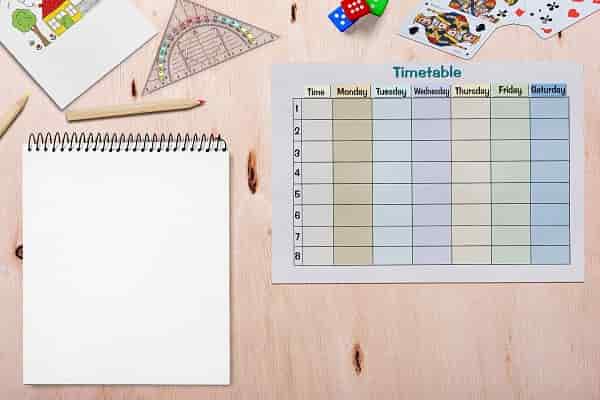How will you get organized? Here are top 5 time management skills that you can grow with printable calendar to indelibly impress your company.
Time is money. When you lose time, you cost yourself and the company you work for big in reduced productivity. For this reason, it is essential that you learn how to increase productivity over a given measurement of time in the workplace in order to keep your boss happy. This means you must improve your time management skills. There is a tool that can help you dramatically in this area. That tool is a printed calendar.
You can print a calander off your computer, but it would probably be better to purchase a printed calendar that is much larger than normal printed paper size. This way, you will have room to write in the larger sized squares and review what you need at a moment's notice. It may not be the most high-tech tool around your office, but it is a tool you will soon find you simply cannot live without.
With that in mind, the following are five essential tips to help you more effectively use your printed calendar to improve your time management skills.
1. The Daily Review
It is the start of another business day, but you are not certain what you should do first. This is a common problem for entrepreneurs and a lot of upper management types. It extends from having far too much on your plate. One way to get on task immediately is to review your printed calendar. Each day your calendar contains an outline of notes and references. This way you have a solid idea where you need to start and finish your to-do list of daily activities.
Having a plan in place like that is far better than being unclear where to start. Not knowing can easily be avoided by preloading your printed calendar with all the notes you need for when you next come into the office, do your printed calendar review and then hit the ground running. That not only improves your time management, it makes you look like a professional with a clear agenda to complete also.
2. Place Your Printed Calendar Where You Can See It
It is common for a client to call out of the blue, and you are not as prepared as you should be. Your client wants a meeting, but you have to go searching through icons and windows on your computer for where you last moved your calendar.

While you are busy looking, your client is left hanging on the phone; however, if you had put your printed calendar where you could easily find and grab it, then you would not need to leave your client hanging for so long.
Rather, you would have your schedule and notes for the dates in question right in front of you. This makes it far more efficient for you to coordinate with your client to make sure both of you have the right meeting dates and times.
3. Important and Urgent
When it comes to prioritizing items on your printed calendar for each day, you need to gain some sense of what is both important and urgent at the same time. An item to be done may be important, but not all that urgent. Also, an Item that is not urgent might also not be all that important either.
By prioritizing your notes to get to the items that are both important and urgent first, you will be tackling the most relevant tasks in the initial part of your day and moving down the list to finally get to those tasks that are far less important and far less urgent by the end of the day. This is by far one of the best uses of your time throughout the workday.
4. Try Isolating Data
When you need to be able to look at your calendar and organize things quickly in your mind to save time, you should write items out in different colored ink. Color coding can help you to visually inspect what is going on by isolating data by color, and certain colors can even trigger your memory of things you must do to prepare for those activities.
For example, all meetings are written out in blue lettering. But, blue lettering your meetings means you must also prepare any materials you need for said meetings ahead of time.
This data isolation strategy means the color coding triggers your memory to always know what you have to do first to be prepared for a given activity type. People who operate without such clues are often left ill-prepared. This is both bad for time management and exposes a lack of professionalism in their ability to stay on top of their responsibilities too. Since you have these reminders always in place to keep you on top of your game, you will end up saving time both inside and outside of the meeting room.
5. Sharing Access to Your Calendar
The purpose of keeping a printed calendar with clear notes on your scheduled events is not just for your own personal time management benefits. It can also be a useful tool for keeping others around your office on the same page with you in terms of time management too.
If someone else has the responsibility of scheduling your meetings for you, for example, they can see, from taking a gander at your printed calendar, when and when not to add a meeting to your daily tasks. Furthermore, you can come back and read their notes to gain a sense of what has been updated and start planning accordingly.
Conclusion
Time is always moving forward. It is unfortunate that it is so limited and that it slips through your fingers so easily. When this happens and you notice that you are not getting much done, it is a sign that your time management skills are in need of genuine reform. How much you do in a given time frame is a measure of your efficiency, and it says a lot about how productive you are as a person.
Subscribe to weekly updates
You’ll also receive some of our best posts today






